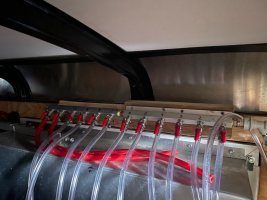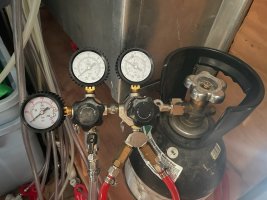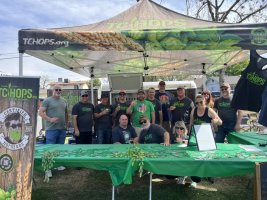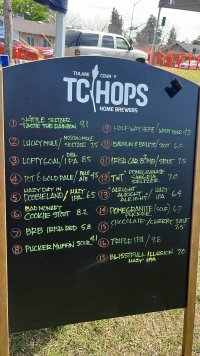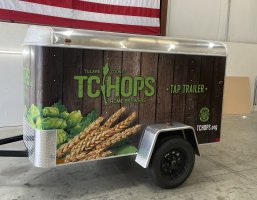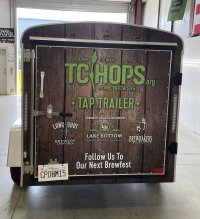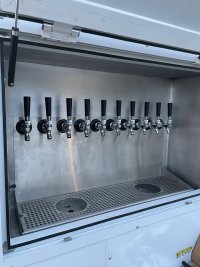My club has a 10 tap trailer that we take to beerfests. We have been having a problem lately that all the seltzers we serve pour fine but the beers are all foamy. I believe this is because our gas side has no back-flow prevention or it stopped working so the higher pressures are going back through the manifold and evening out across all 10 kegs. Our temporary solution has been to just keep the valves closed and just open them for a few seconds when the beer stops pouring but that is a huge PITA as it requires climbing in and out of the tight trailer. Also, some members can't grasp the concept and think it will work to just leave the valve partly open so every time I leave to visit another vendor, I come back to more foam.
The cheapest solution I have considered is adding duotight check valves to each line. The more expensive fix would be to add flow control to all the taps. I realize that covers the symptom instead of the problem, but it would also fix those kegs that show up over-carbed. Any thoughts?
The cheapest solution I have considered is adding duotight check valves to each line. The more expensive fix would be to add flow control to all the taps. I realize that covers the symptom instead of the problem, but it would also fix those kegs that show up over-carbed. Any thoughts?
Last edited:


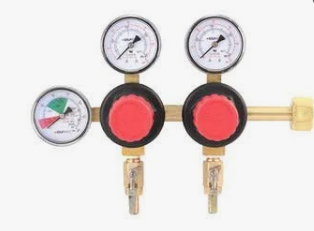
![Craft A Brew - Safale BE-256 Yeast - Fermentis - Belgian Ale Dry Yeast - For Belgian & Strong Ales - Ingredients for Home Brewing - Beer Making Supplies - [3 Pack]](https://m.media-amazon.com/images/I/51bcKEwQmWL._SL500_.jpg)























































